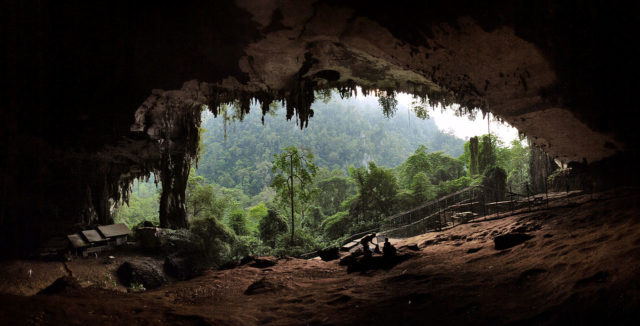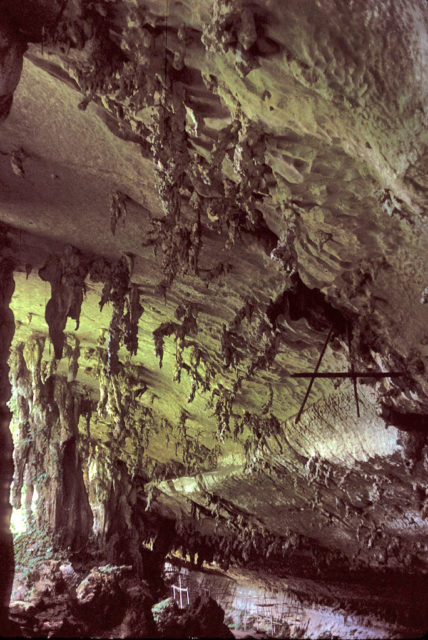A recent study carried out on human remains discovered almost six decades ago is revealing more facts about the nature of the skull and the history of the Indigenous inhabitants.
The remains known as the “deep skull” were discovered during an excavation on the South-East Asian Island of Borneo, and had thought to have contained conclusive links with indigenous people who lived and thrived in Australia
However, the new findings are in direct contrast with the previous notions and refutes any link with the Australia’s indigenous population.

Another revelation about the Deep Skull that came out of the research was that the remains actually belonged to an elderly woman, and not a teenage boy as it was previously suggested.
Since the discovery from Niah Cave in Sarawak, and subsequent research on the specimen in 1958, no real heed was paid to further the research. A recent study led by UNSW Professor Darren Curnoe is the most detailed analysis of the remains to date and provides a much wider perspective on the nature of the Deep Skull.
Professor Curnoe, the director of the UNSW Palaeontology, Geobiology and Earth Archives Research Centre also known as PAGERA, said that their research is aimed at encompassing all possible aspects of the discovery and provide ample evidence to back the claims to help historians and archaeologists to reconsider the previously held beliefs based on an earlier flawed finding.
He added that the flaw came due to the lack of modern technology and interest of the parties involved, individuals involved in the actual discovery and the research were sincere scientists.
The discovery was first made by Tom Harrison of the Sarawak Museum during an excavation project carried out at the west mouth of the famous Niah Cave. After the discovery, the specimen was then studied and analysed by the prominent British anthropologist Don Brothwell, who actually formulated and helped perpetuate the theory of its links with Aboriginal people.
It was his findings that concluded that the Deep Skull remains evidently belonged to a teenage boy and bore all the characteristics of the population who inhabit Australian Island especially Tasmania. For subsequent decades Brothwell theory and findings stood uncontested and were widely accepted throughout the world by the historians and anthropologists alike.

According to Professor Curneo the remains found in the Niah Cave some sixty years ago resemble the modern people who inhabit Borneo today. This is precisely due to the delicate features and comparatively smaller body size of the remains that bears no significant similarity with the indigenous population of the Australia today.
He added that although no one dared to touch Brothwell’s findings in the past 60 years; his research will serve as a game changer in the history of prehistoric inhabitants of the regions by correcting the wrongly held notions in the regard. The Deep Skull has also served as a key fossil in the theory of two-layered population migration in the regions that took place thousands of years ago.
According to this theory, the island of Borneo was first inhabited by the ancestors of the Australian Aborigines, who were the first homo-sapiens to have left the Africa and made their way to East, unlike their brethren who decided to embark on the western route and ended up in Europe and South America.
